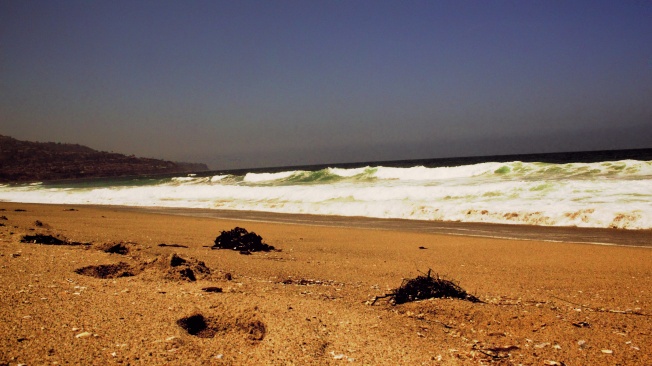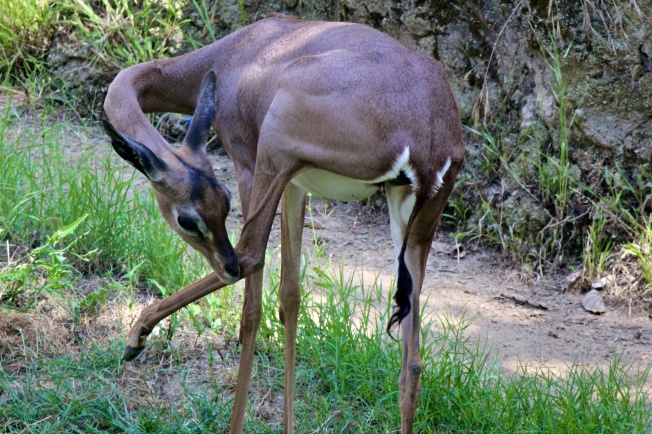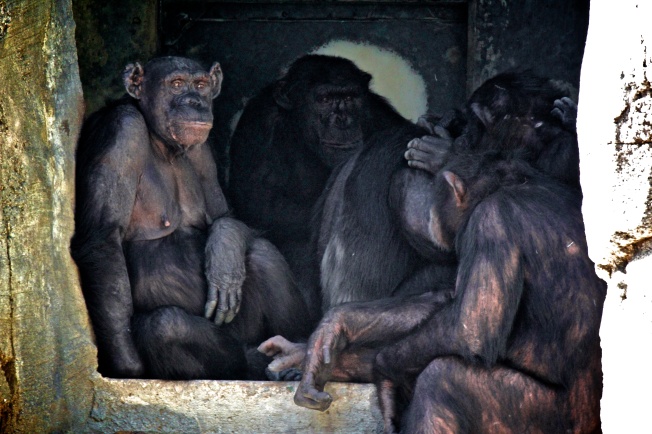Tag Archives: world
Lighting the way
Hot Dogs, palm trees, and ocean breeze
The wife and I decided to take a stroll down by the beach in Redondo. The waves were pretty cold but the hot dogs were hot n ready. We took some time to chit chat about our new home and what we were going to decorate and improve upon. I am super stoked that we figured out a way to unglue our eyes from the television. Praise the lord for California!
-Mike
Long Neck
Masai Giraffe
Scientific Name: Giraffa camelopardalis tippelskirchi
From LA Zoo Website
Did you know the giraffe’s tongue is black? The Masai giraffe relies on its long, muscular tongue for reaching between long thorns to feed on tender tree leaves and twigs.
STATUS: The Masai giraffe is common and not currently at risk, but the herds are dependent on good conservation programs throughout their range.
HABITAT: Masai giraffes live on the African savannahs of Kenya and Tanzania in East Africa.
DIET: Giraffes can spend 16 to 20 hours a day browsing on leaves, twigs, bark, flowers, and fruit from more than 60 different kinds of plants. They can go without water for several months if they have enough fresh browse. The whistling-thorn acacia is one of their favorites!
PHYSICAL CHARACTERISTICS: Giraffes are the tallest land mammal, and Masai giraffes can grow up to 17 feet tall and weigh 2,700 pounds. Because of its long legs and long neck, the giraffe doesn’t have to compete with other animals for its food. The Masai giraffe is identified by its lacy-edged or irregular spot pattern. Both males and females may have two to five horns covered with skin growing out of the top of the skull.
A baby weighs in at about 150 pounds and is already six feet tall. The calf needs to stand shortly after birth because only 25% of the young survive attacks the first year from lions, cheetahs, leopards, and hyenas. An adult giraffe is rarely attacked and may live up to 25 years.
Weird look, Weird thoughts – Southern Gerenuk
why are you here? why are you just staring at me? do you know my name? what is my name? I wonder what is around the corner from here, where I hear the roar of lions and bears. I wonder what could be over the hills and over the skies where my kind came from. This grass is so good, and this shade is a god send in the summer. I’m glad I don’t have to run from the bad cats anymore or ever and I am so happy to have all my family here with me with these weird humans always checking up on us.
- Conservation is a serious feat and even with the sometimes sad reality of having these wonderful creatures in captivity, we all need to understand the vast benefits of research and conservation through the zoological community.
(from the Los Angeles Zoo website )
Southern Gerenuk
Scientific Name: Litocranius walleri
Fast Fact:
- Gerenuk means ‘giraffe-necked’ in the Somali language.
- Although these beautiful and graceful antelopes were not known to European scientists until 1898, they have been represented in ancient Egyptian art since 5600 B.C.
STATUS: Gerenuks are common, but declining in number because they are hunted for their skins. They are listed as Near Threatened by the International Union for Conservation of Nature (IUCN).
















